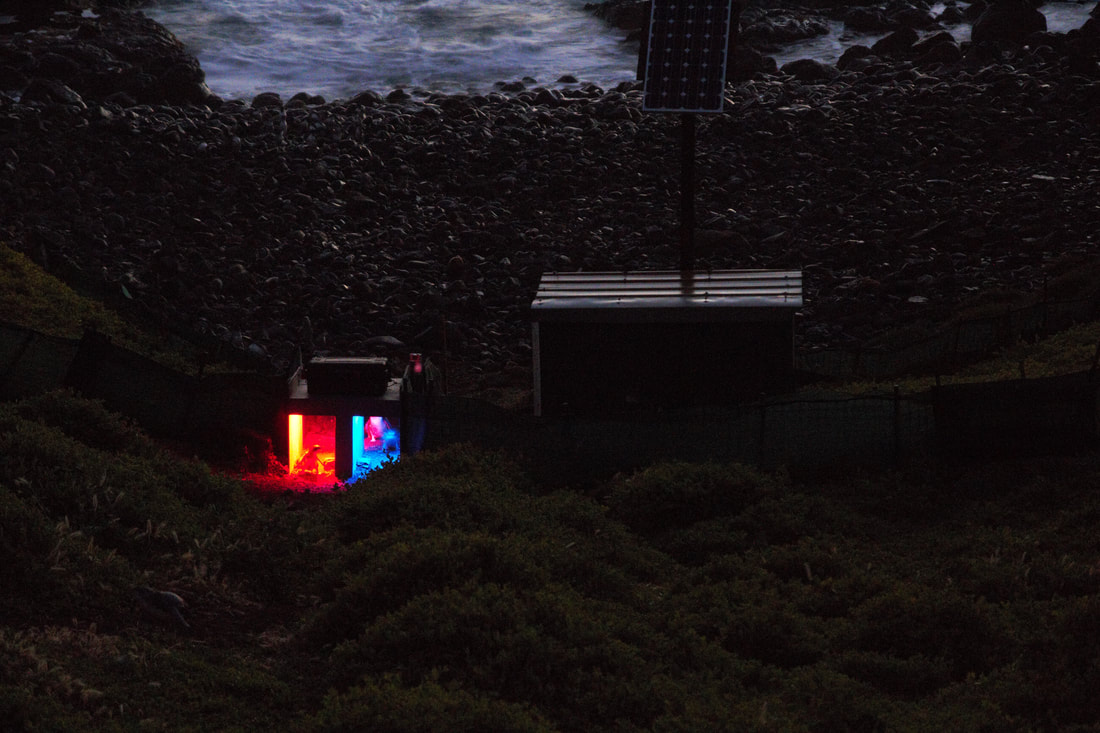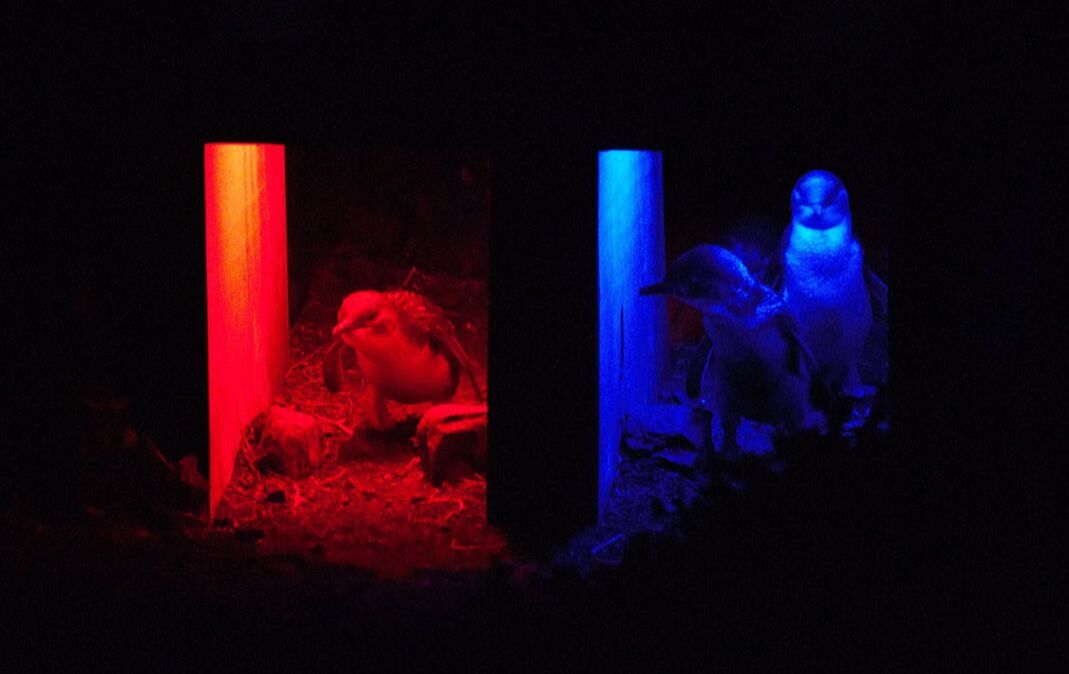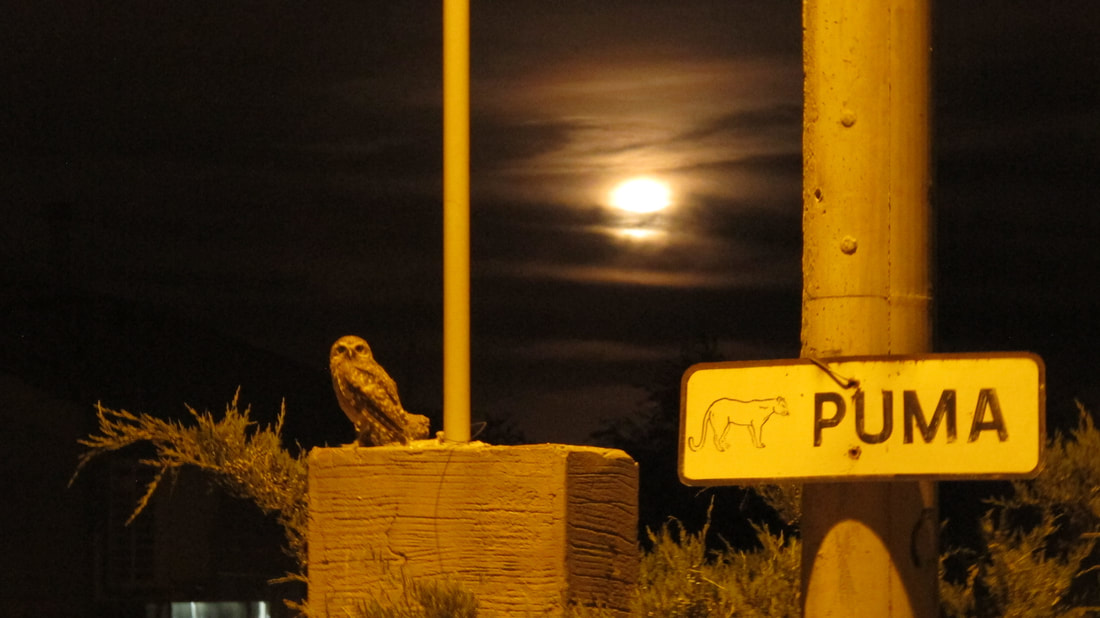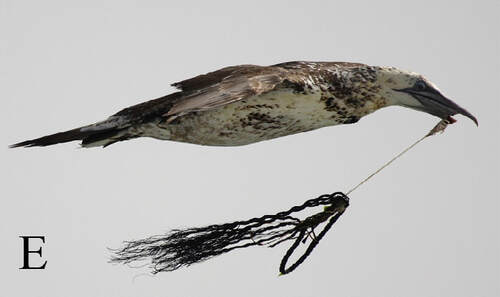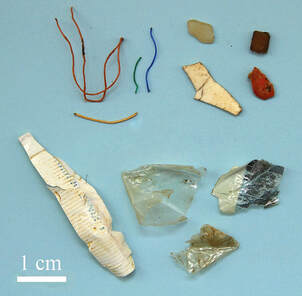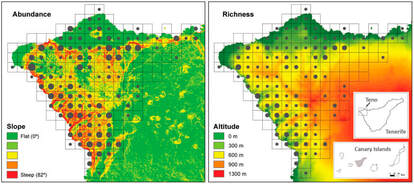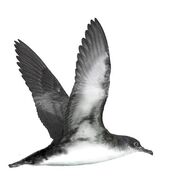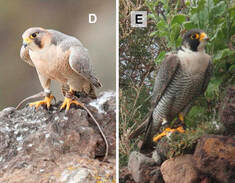Airam Rodríguez personal website
Research interests
Ecological consequences of light pollution
|
The alteration of natural light levels because of the introduction of artificial light into the environment, or light pollution, is currently affecting 23% of the world’s land surface (88% of Europe). Biodiversity, which has evolved under a natural regime of light-dark cycles (day and night), is widely affected by artificial light. From the conservation point of view and on a short-time scale, the most negative impacts of light pollution are those leading to mass mortality events (e.g. insects, sea turtles, or seabirds). I have researched the phenomenon of attraction and disorientation of seabird fledglings to artificial lights, which leads to a high mortality every fledging season in one of the most threatened avian groups. We have studied and reviewed some management actions which can help to mitigate light-induced mortality and to avoid behavioral changes, and we have tested different lighting systems to assess which one is the less dangerous.
Some relevant papers:
|
|
|
|
Video
Movement trajectories of ten Cory’s shearwater fledglings tracked with GPS-GSM devices. Ring refers to the unique ring codes of the birds. The animation shows the irradiance values (nW/cm2/sr), as a proxy of light pollution (bluish), taken from a cloud-free composite of VIIRS nighttime lights (November 2019). More info at https://doi.org/10.3389/fevo.2021.786557 |
Marine plastic pollution
Plastic has revolutionized the world of modern humans, bringing some important benefits. However, some of its main advantages, i.e. low-cost, lightweight and durable, are causing them to accumulate at alarming levels, producing a major global environmental problem. Despite multiple efforts and agreements aimed at reducing marine plastic debris, plastic production continues to rise. The accumulation of plastic debris is a threat to marine biodiversity by ingestion, entanglement, and transference of chemicals from microplastics to organisms. I investigate the impact of these three aspects in seabirds.
Some relevant papers:
Some relevant papers:
- Cory's shearwater as a key bioindicator for monitoring floating plastics. Environment International (2024)
- Use of marine debris as nest material by ospreys. Marine Pollution Bulletin (2023)
- Seabird plastic ingestion differs among collection methods: Examples from the short-tailed shearwater. Environmental Pollution (2018)
- Incidence of entanglements with marine debris by northern gannets (Morus bassanus) in the non-breeding grounds. Marine Pollution Bulletin (2013)
- High prevalence of parental delivery of plastic debris in Cory's shearwaters (Calonectris diomedea). Marine Pollution Bulletin (2012)
Natural History of insular birds
The Canary Islands is one of the most biodiverse hotspots within the EU. Despite the relevance of the island native taxa for evolutionary and ecological studies, the natural history of many vertebrates is poorly known. Island raptor populations usually present several life-history traits of the so-called “insular syndrome”. These small and isolated populations are at high risk of extinction due to the ecological footprint of humans on fragile and restricted islands. Despite the high extinction rates of Canarian vertebrates, only a few taxa populations are systematically monitored and studied. Thus, basic information on natural history is crucial for management and conservation. Our research has informed on multiple human-wildlife conflicts, e.g. we have estimated >9,600 roadkills/year of wildlife on Lanzarote, assessed the role of invasive species in the trophic ecology and nest competition with native birds, or unrevealed the impact on anthropogenic perturbations of top predators such as aquatic activities, direct persecution or poaching.
Some relevant papers:
Some relevant papers:
- Introduced predators and nest competitors shape distribution and breeding performance of seabirds: feral pigeons as a new threat. Biological Invasions (2022)
- Cryptic differentiation in the Manx Shearwater hinders the identification of a new endemic subspecies. Journal of Avian Biology (2020)
- Factors affecting the spatial distribution and breeding habitat of an insular cliff-nesting raptor community. Current Zoology (2018)
- Wildlife-vehicle collisions in Lanzarote Biosphere Reserve, Canary Islands. PLoS One (2018)
